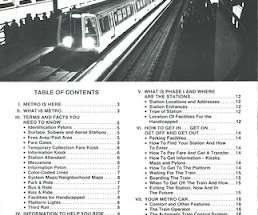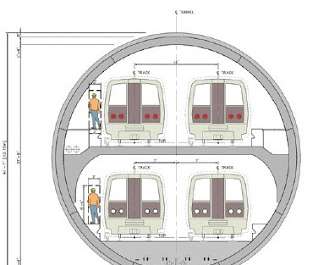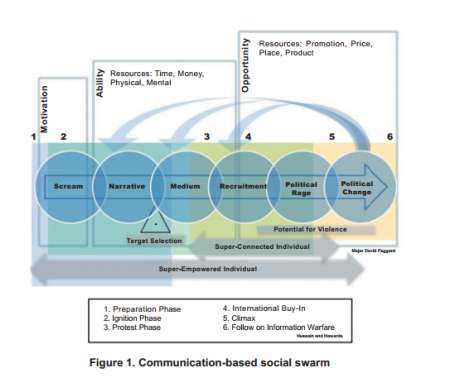WMATA is pathetic: of course it belongs to "the public"
Rebuilding Place in Urban Space
SEPTEMBER 23, 2022
The question of how best to fund Metro is an important one that requires thought leadership and extensive community input. From the article: The capital improvement program reflects the region’s commitment to maintaining and improving your community’s $100 billion transit asset. It begins with “What do we want Metro to be?”












Let's personalize your content